This post was originally published on December 5, 2016
The latest update to this post was made 8 years ago.
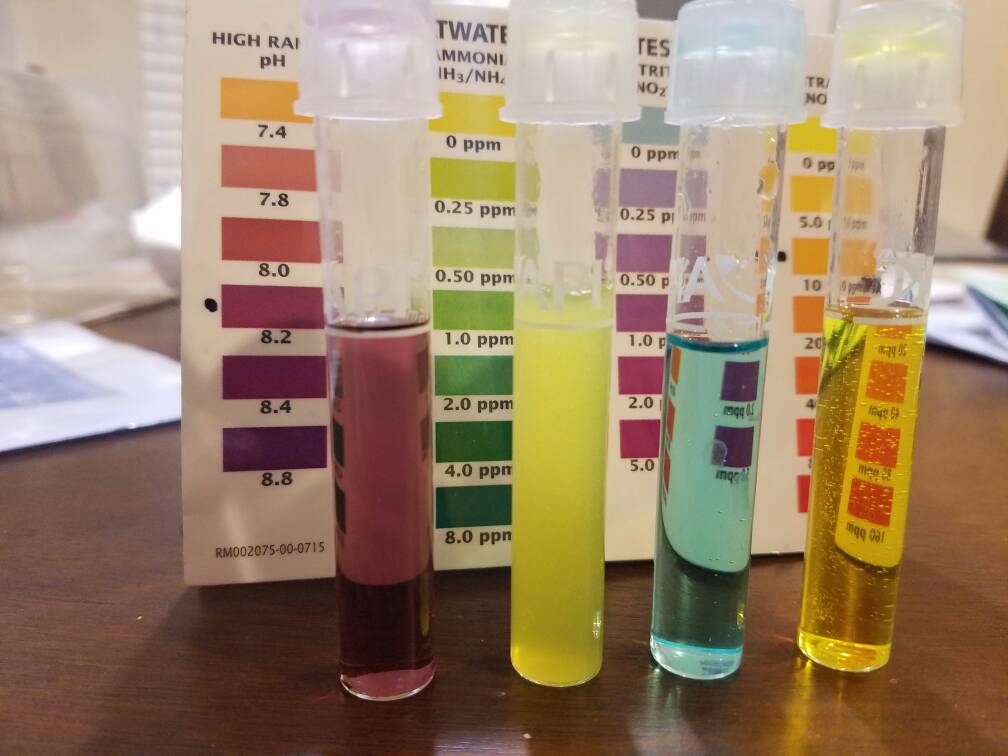 Saltwater Parameter Testing
Saltwater Parameter Testing

You are on page 2/2.
Nitrate is important to keep low and monitor frequently. In a reef aquarium it should be kept under 10 ppm and under 40 ppm for a fish only aquarium. Nitrate is the byproduct of fish waste. I usually test this once a week with an Elos test kit. You can bring down nitrates in your aquarium by doing a water change, reduce the amount of feeding or by adding a reactor (like a bio-pellet reactor).
It is important to keep the pH stable between 7.8 – 8.5, optimal recommended conditions for a reef are 8.1 – 8.3. I have a probe that monitors this so I look at it daily, but you should test this at least weekly and can use an API kit. You can increase pH by adding buffer or dosing kalkwasser.
Too many Phosphates can can cause many algae issues in your aquarium as it will help feed the algae. Keeping the phosphate below 0.03 ppm is recommended. I check this monthly with an Elos test kit. If you start to see an algae outbreak you will want to do a water change to lower phosphates or use Phosphate RX to get them in an acceptable range.
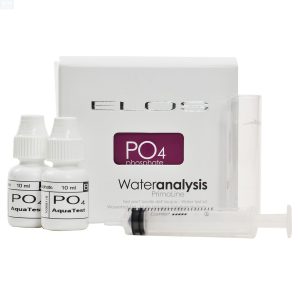 |
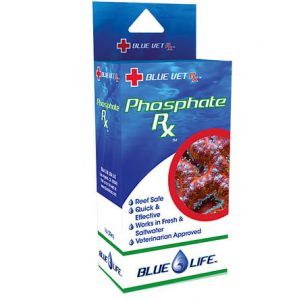 |
The last 3 parameters are important to monitor somewhat frequently if you will be growing any corals in your aquarium, as all three are needed for their structures to grow. Sometimes, with small low demand aquariums, these elements can be replenished simply by keeping up with consistent water changes. This all depends on how much your aquarium depletes these elements over time. If you have a larger aquarium with many corals you will probably need to dose these elements in your aquarium. (Click here for some easy dosing containers.)
A rule of thumb to go by when dosing elements is, if you don’t test for it, then don’t dose it. Initially, you should test these element daily and slowly raise them to the correct value until you have figured out your hourly or daily dosing.
- Alkalinity in a reef aquarium should stay in the 8-12 dKH range and be as stable as possible. I try to keep mine at 9 dKH and test weekly with a Hanna Alkalinity Checker.
- Calcium in a reef aquarium should be between 380 and 450 ppm. I keep mine at 400 ppm and test with an Elos Calcium test.
- Magnesium in a reef aquarium usually stays pretty high, as it is the most abundant in saltwater. Magnesium should stay in the 1200 to 1400 ppm range. I keep mine at 1300 and test with an Elos Magnesium test.
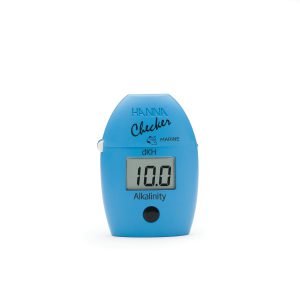 |
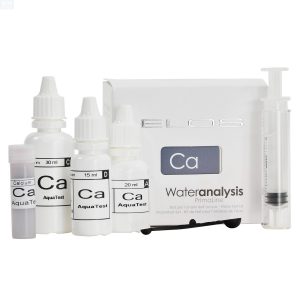 |
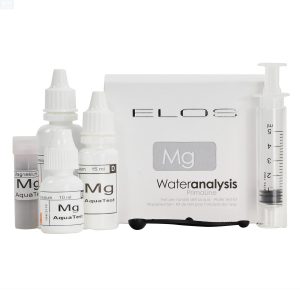 |
Keeping these parameters in check is essential for keeping a healthy and thriving aquarium with fish and coral. If you start to see any signs of issues, check these parameters first to look for something that may be out of whack. Then adjust either with water changes or adding (dosing) additional elements. If you have any other useful tips, please post them to the comments area below and let everyone know your experiences!

You are on page 2/2.
Tags: #saltwater #parameter #testing #aquarium #fish
![]()

Be the first to comment